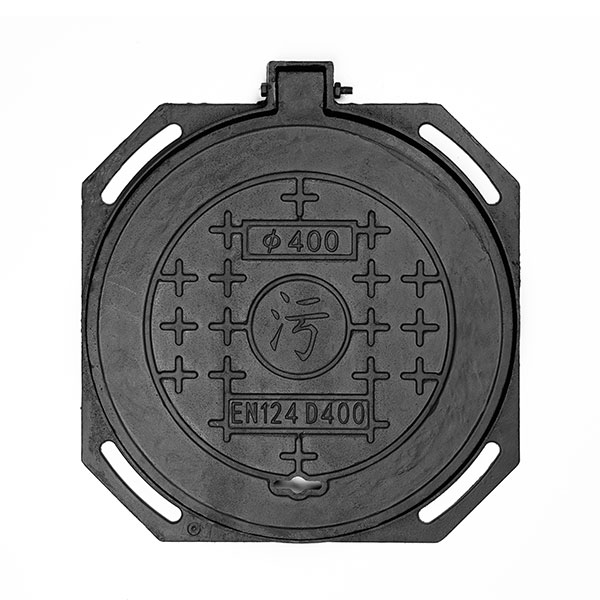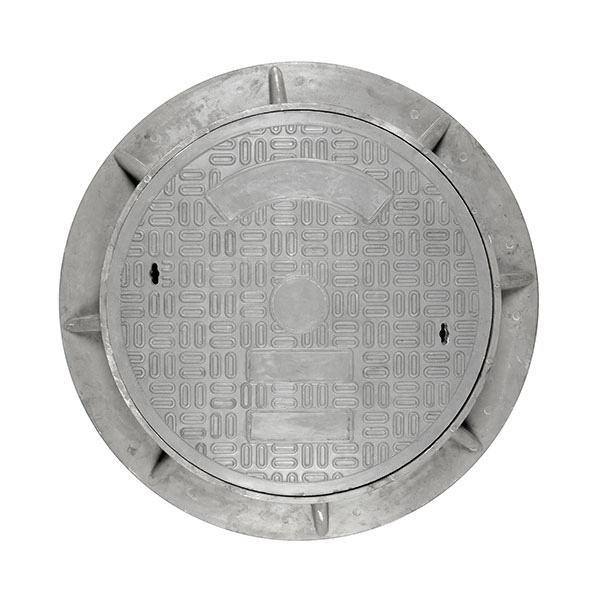
City floods and city drainage system
2024-11-11
Abundant or prolonged rains exceed the drainage capabilities of cities and towns, which leads to flooding of the area in cities and towns. The total water depth of 15-20 cm will affect the movement of transport and other disasters, which can be considered as the emergence of urban flood. Currently, in many cities of the country, projects are being implemented to update the municipal chain networks, the cause of urban floods is mainly due to the fact that in the past the construction of the drainage network was relatively backward, the pipes were old, the drainage standards were relatively low, the network was clogged with silt. There are places where drainage structures are simply not thought out or perfect. In addition, a large number of city solid coatings, such as asphalt, cement coating, precipitation not very good, is not easy to seep, but also easily causes water on the surface of the road.
So, how much precipitation can city drainage systems withstand? In fact, this is mainly due to the local rainfall, equal to one in several years. According to the requirements of the “Code of Design of External Drainage Systems”, the standard for designing drainage systems in the general areas of the city should be from 1 to 3 years, while the standard for important areas is from 3 to 5 years. This means that city drainage systems are designed to precipitate of precipitation of various intensity - from 35 millimeters per hour to more than 100 millimeters per hour.
In practice, however, most city drainage systems are usually built using the lower limit of the standard specification or even below the lower limit specified in the specification. For example, more than 70 percent of city drainage systems withstand the maximum annual rain. This suggests that in practice the drainage capabilities of cities are often insufficient to cope with the situations specified in design standards.
City drainage systems are usually designed taking into account perennial precipitation, for example, “1 in X”, which means that such an event, according to statistics, can occur once in a certain number of years. In the design standard, this expression is converted into a specific amount of precipitation, for example, “x mm/h” or “x mm/24 hours”.











